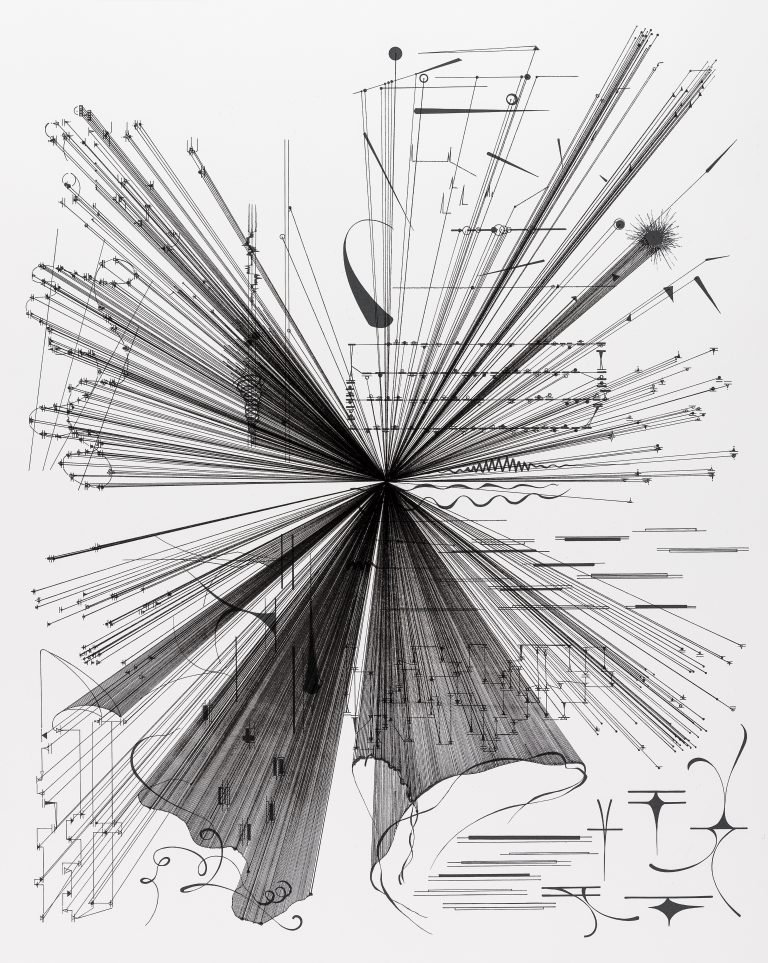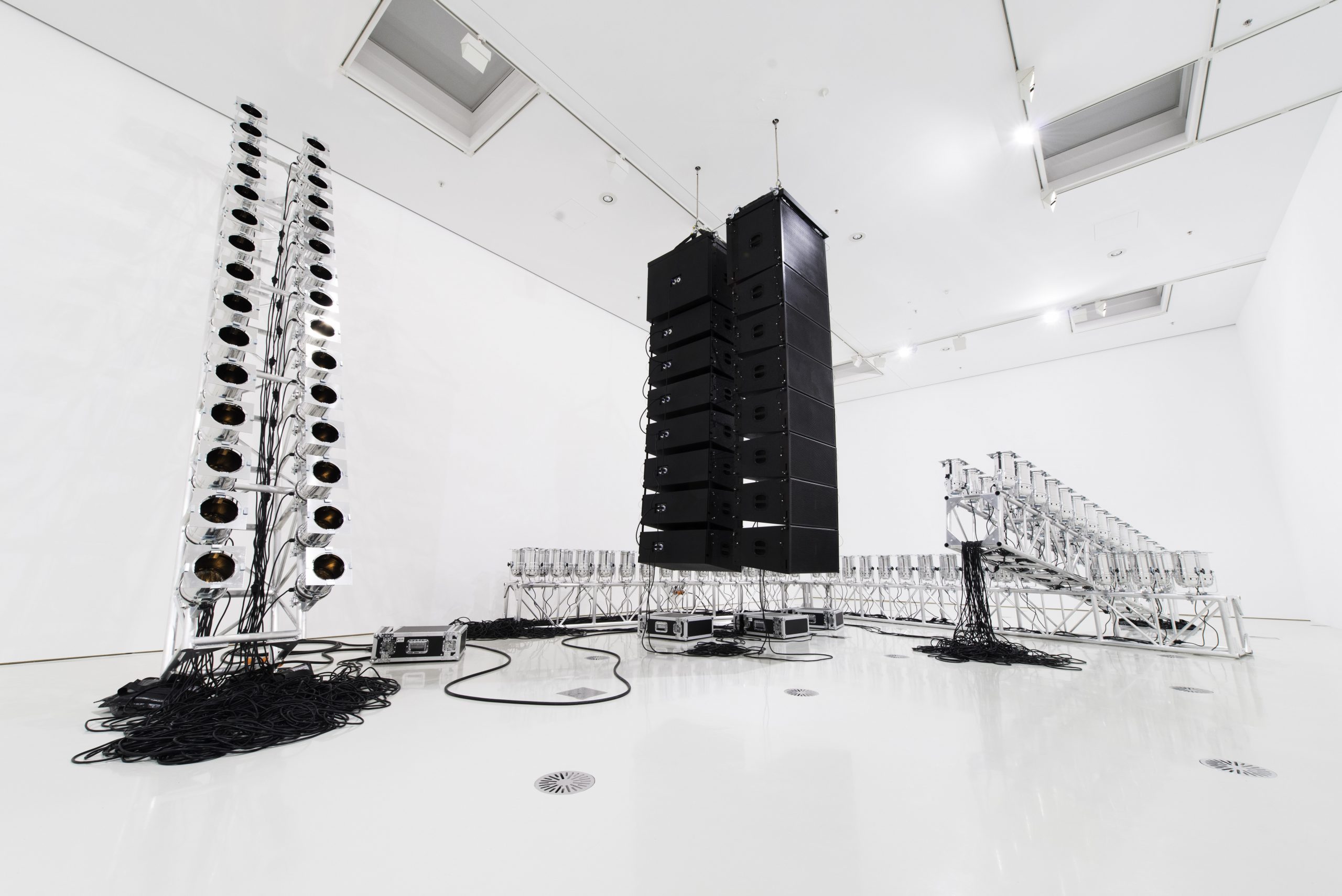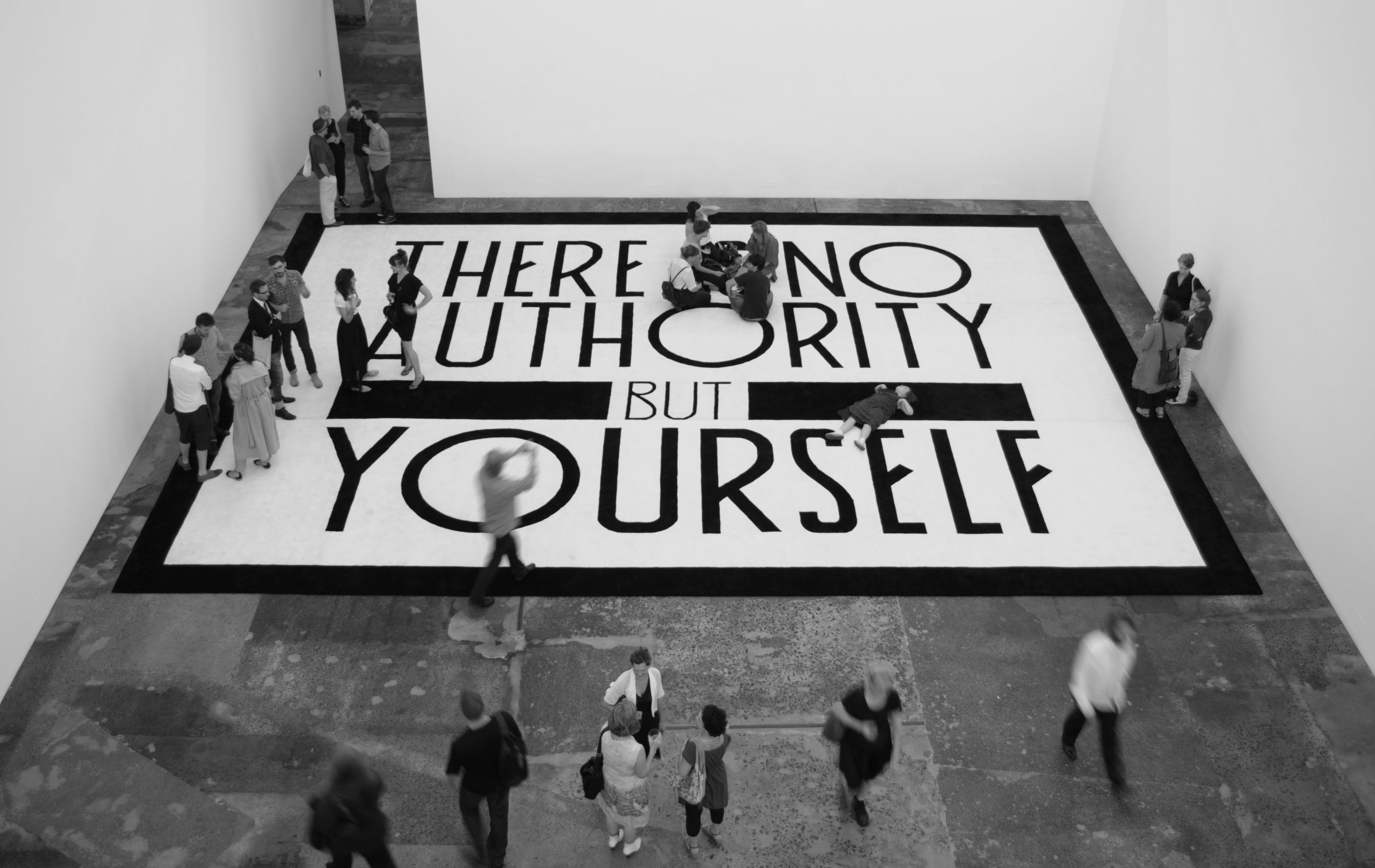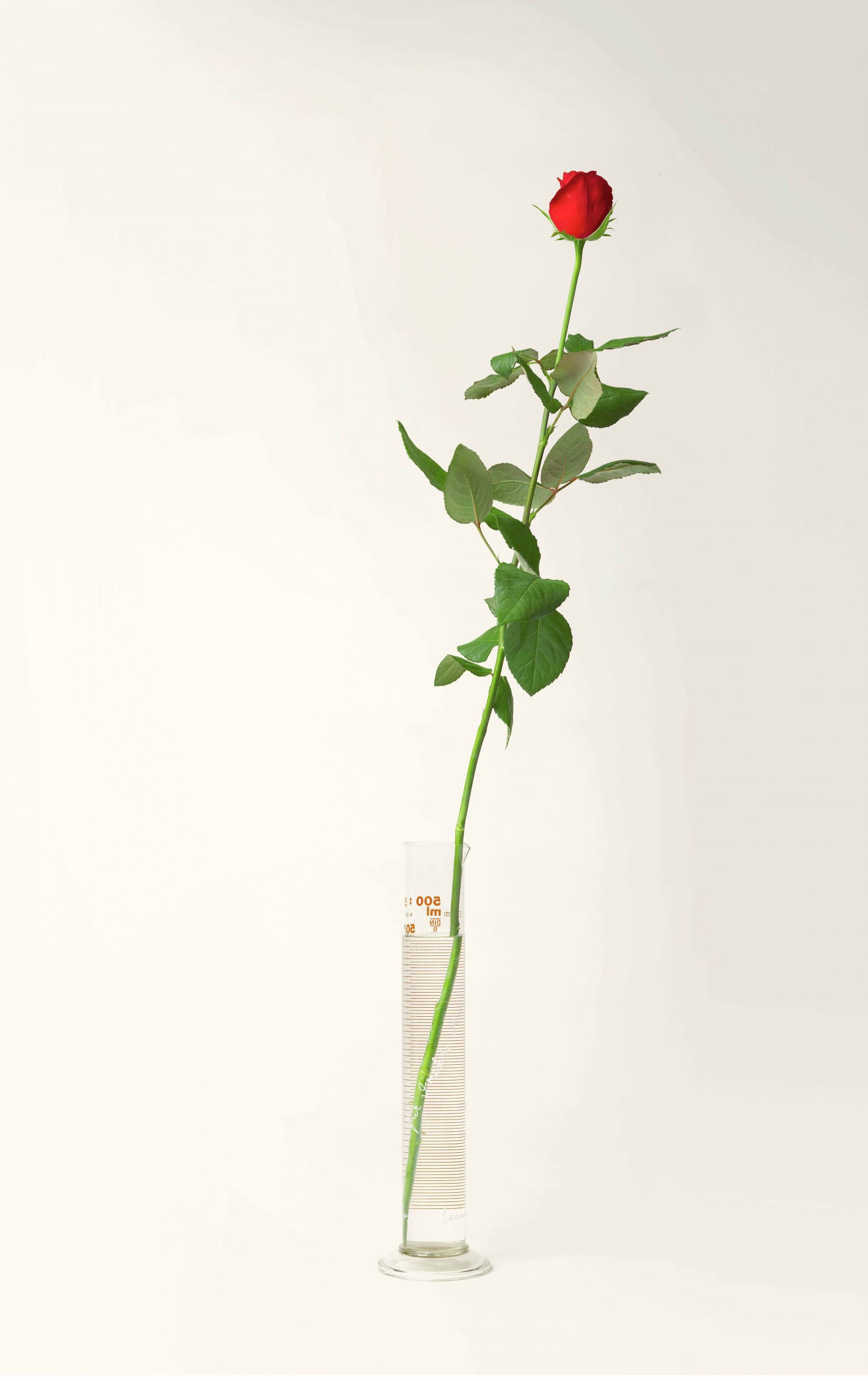MARCO FUSINATO


MARCO FUSINATO
in conversation with Melissa Keys
Name: Marco Fusinato
Date of birth: 1964
Place of birth: Melbourne, Australia
Occupation: artist and musician
MK: As an artist and musician, you have relationships with audiences. What drives you to make work, and who do you make it for?
MF: Well, it always begins with something I want to experience. It may connect with someone down the line … but it may not. I’m aware that the references are pretty oblique, but I find they act as a filter … they eliminate an audience I wouldn’t hang out with. There’s an expectation to make work so that it’s liked, so that it gets discussed or reviewed positively and is deemed ‘successful’ if it sells … I find this abhorrent. I know from the outset that my interests and audiences are marginal, ugly and unpopular. There’s no expectation so I’m never disappointed. For example, when I do performances of solo-guitar-noise the audiences are very small and specific. In any big city around the world there are generally the same looking 50 people at the shows. However, if I’m performing as part of something bigger, a festival for example, I may start off with 200 people in the room, but during the performance most can’t handle it, they don’t understand the language, don’t know the references, don’t get it, don’t like it and therefore they leave … so in the end, it’s the same 50 weirdos left in the room. That’s who I make work for.
MK: Your work features images of social agitation and political crisis and at the same time suggests utopian possibility. I’m interested to hear you reflect on how your practice corresponds with history.
MF: I’m continually not only cross-referencing what I’ve done in the past but also re-examining early influences. There’s a lot of research and contemplation involved; however, the reality is I spend a lot of time working out practical solutions to unorthodox manufacturing and presentation problems. How do I suspend that alloy tubing … do I need shackles and master links … how many? Should I swap out the Mullard EL34s? How thick should the lip on the frame be, 19 mm or 24 mm? What DPI is that image? How strong is VHB tape really? Mastering at -6 dB. Trilobal polyester. Casting in bronze. Downtuning to brown standard and dropped brown. Martin Atomic 3000 LED. Meyer Leo or Leopard? Angle grinding into brass. EGC #569/black and #654/polished. Subs at 15 Hz. 3D printing with air. Pressed flowers.
The American minimalist composer La Monte Young talks about one of his strongest influences being the wind that blew through the chinks in the log cabin in Idaho that he was born in and the particular impression the tonality of that sound made on him as a child. That got me thinking about my childhood memories of sound. I grew up in the working-class suburb of Noble Park (south-east of Melbourne), and I would wake up in the morning to the sounds of Simsmetal at the end of the street crushing cars and scrap metal. There’s a particular reverberation that occurs at 7 am on a still morning. It’s really beautiful.
MK: Your work takes various forms, including installation, performance, photographic reproduction and recording. Have the interrelationships between these forms changed and evolved over time?
MF: Things are always mutating and changing. It depends on what’s on offer and when. Exhibitions are usually years in the making, while a performance might be programmed only a couple of months in advance. There’s a big difference in the dynamism. With exhibitions, there’s not much immediate response; it trickles down over time, perhaps years. With a performance, you have a sense of its reception immediately.
MK: Do you prefer the immediacy of performance? Does the connection feel closer with audiences for music and sound who share this language?
MF: Exhibitions and performances are very different experiences, each with their own factions and subgenres. The audiences for a grindcore gig are there because they’re into grindcore, so immediately there’s a closer connection. The audiences at an exhibition are there for a multitude of reasons, some of which may have nothing to do with the work on display.
MK: Your research and interests encompass a wide array of intellectual traditions, social and political movements and forms of culture. What ideas, forms of making, cultural codes and languages are you engaged with at the moment?
MF: Septic Death, Faceless Burial, Blood Incantation, Vile Apparition, Infest, Discordance Axis, Internal Rot, Incinerated, Headless Death, Exclaim, Siege, Gauze. 12” LPs here in front of me.
It’s occurred to me that the particular Venetian dialect/language I speak is dying out within my lifetime. My parents and their generation were the last in the line of contadini (a form of pre-industrial agricultural farmer or peasant). Theirs was an oral tradition, passed down over centuries. They never learnt to speak English and only ever spoke in Veneto or, more precisely, Bellunese, the name of which refers to the region within the Veneto that my family is from. My parents were born in villages that are a few kilometres apart, and yet some words are pronounced slightly differently. I can pick the inflection. This language in its purest form is pretty much now only heard in aged care facilities.
MK: Has your selection for Venice made you think more about the dynamics of these regional and familial traditions and histories?
MF: Well, I’ve always had a strong connection as my extended family is there and we still own our centuries-old family home. My selection for Venice has made me appreciate the irony that I’m returning to the very same place my parents migrated from as the representative of the country they migrated to.
MK: Gestures and ideas of explosiveness, rupture, intensity and duration variously play out across your practice. Sometimes the experience of these is confrontingly visceral and other times more mediated. What interests you about the encounter with art?
MF: It’s the physicality, the experience. The fact that we have to go out of our way to get there … deciding what time to go, the weather, choosing the mode of transport, the queuing up, whatever … all of this I consider to be part of the experience; it creates a mood, a state. And once in the gallery … what happens? Are we passive or are we activated? What is our relationship to scale? Did we stay 30 seconds or did we stay for hours? The encounter with art should remind us that we have a pulse.
I’m particular about context and how that affects the reception of the work. I think the giveaway with any gallery is how the architecture of the wall meets the floor. Shadow lines or skirting boards, concrete or floorboards and so on … The gallery’s position and attitude are evident in these decisions, which determine who its audiences will be. I’m being intentionally elusive … I’m talking about details. It’s the details that can elicit intimidation, status and power.
Marco Fusinato is represented by Anna Schwartz Gallery.
He will represent Australia at the 59th Venice Biennale in 2022, working with curator Alexie Glass-Kantor.
marcofusinato.com
@marcofusinatostudio
Anna Schwartz Gallery
Australia Council Announcement
Spectral Arrows LP
Image captions and notes
1. Marco Fusinato, Aetheric Plexus (Broken X), 2013, 36,000 watts white light, 105 dB white noise, 40 x 500 cm box truss, Par can 56 lights, couplers, Lanbox LCM, DMX controller, dimmer racks, DMX mp3 player, line array PA, sensor, extension leads, shot bags, dimensions variable, Collection of the National Gallery of Victoria, Melbourne
The equipment associated with spectacle, usually employed to highlight a performer, is directed at the gallery audience, whose physical presence triggers an intense assault of white light and white noise.
2. Marco Fusinato, SPECTRAL ARROWS: Melbourne, 9 June 2018, 6-hour performance, Buxton Contemporary, Melbourne, photography Renato Colangelo
Spectral Arrows is an ongoing series of long-duration performances for guitar and mass amplification. In Spectral Arrows, Fusinato arrives at the venue when it opens for business, sets up his equipment facing a wall and proceeds to play for the whole day until the end of business hours. The sound of Spectral Arrows becomes a monumental aural sculpture, filling the gallery, not with steel or concrete, but with vibrations travelling through air. Listen:
3. Marco Fusinato, Mass Black Implosion (Coordination I-V, Anestis Logothetis), 2017, ink on archival facsimile of score, 93 x 78 cm (framed), Collection of MONA, Hobart
In this series, a selection of scores by avant-garde composers are reproduced at 1:1 scale. On each, a line is ruled from every original note to an arbitrarily chosen point as a proposition for a new composition, in which every note is played at once, creating a moment of consolidation and singular impact.
4. Marco Fusinato, Constellations, 2018, baseball bat, chain, purpose-built wall with internal PA at 120 dB, 600 x 2400 x 150 cm, installation view, SUPERPOSITION: Equilibrium and Engagement, the 21st Biennale of Sydney, Carriageworks, Sydney, 2018, Courtesy of the artist and Anna Schwartz Gallery
A ceiling-height freestanding wall with a small gap at each end is built to bisect the gallery. Hidden inside the wall is a series of microphones connected to a PA system. The entrance side of the gallery is empty. On the other side of the gallery, coming out from the bisecting wall, a baseball bat is attached to a steel chain. Visitors are invited to strike the wall. Their actions are amplified at 120 dB.
5. Marco Fusinato, Spectral Arrows: Melbourne, 2019
An LP recording of the 2018 performance at Buxton Contemporary, comprising two side-long excerpts of the day-long event.
6. Marco Fusinato, Rose #7 from A Dozen Roses, 2006, digital Type-C photograph on Fuji Crystal Archive paper, 139 x 93 cm (framed), edition of 5, Courtesy of the artist and Anna Schwartz Gallery
The Joseph Beuys multiple Rose für direkte Demokratie (‘Rose for Direct Democracy’), a graduated glass cylinder with inscription, is taken to a commercial photographer with a bouquet of fresh long-stem roses. Each flower is placed into the cylinder and photographed, the image then printed at 1:1 scale. The 12 photographs are exhibited in a row as an arrangement.
7. Marco Fusinato, THERE IS NO AUTHORITY, 2012, wool rug, camera, monitor, 925 x 1204 cm, installation view, Anna Schwartz Gallery, Sydney, Collection of Lyon Housemuseum, Melbourne
A backdrop by anarchist punk band Crass is made into a wool rug which covers the floor of the gallery, forcing the audience to walk across it. A concealed camera takes an image every time someone steps on the rug and sends it to a monitor at the far end of the gallery. With a delay between capture and display, visitors see their own image on top of the large-scale woven text.








